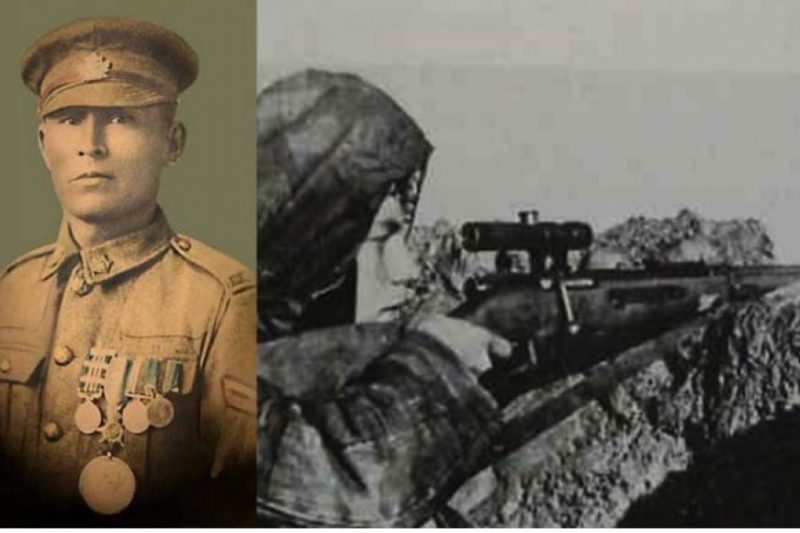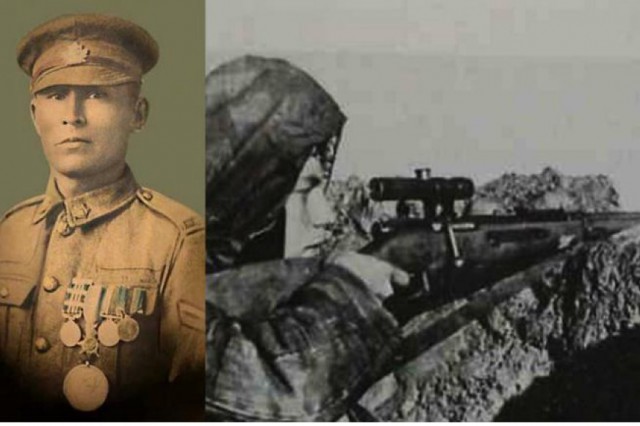Today no country can think of declaring war without having its snipers. They are now an inevitable part of any war. Most of the top snipers in the First World War are aboriginals of Canada who came from civilian backgrounds.
Sniping involves the act of killing your enemy by keeping an eye on it from a close range. This is also the type of killing that people uses during hunting animals. During hunting for animals people need to know the skills of concealment as well as camouflage. These same set of skills are needed during the act of sniping your enemy.
Sniping came into existence hundred years back from now. The war of 1914 which is widely known as the First World War is the birthplace of snipers from around the world. This act of sniping was introduced by Germans who trained their soldiers on sniping and also armed them with rifles with telescopic sights.
The first half of the war was dominated by the Germans. However, the rise of the Canadian snipers shattered the efforts of German armed forces. These Canadian soldiers were considered to be the virulent practitioners of sniping. Canadian armed forces sought outs its sniper soldiers not only from the regular regiment but also from different backgrounds such as hunters, farmers, fishermen, and trappers as they possessed the skills of camouflage and patience. And most importantly men, those who have an inclination towards shooting were given a chance. As a result of this filtrate selection, the Canadian armed force got some of its ruthless practitioners in sniping from Canada’s first nation’s communities, The Globe and Mail reports.
Among all other snipers the name of Francis Pegahmagabow comes first. He was one of the most efficient marksmen of the First World War and was credited with killing 378 and capturing 300 more German soldiers. In fact along with him there were at least another eight Canadian snipers in the top dozen at that time. Among these eight snipers probably five to six are aboriginal, such as First Nations, Métis or Inuits. One such sniper was Johnson Paudash from Kawartha Lakes, Ontario. He was described as a soft spoken man with keen eyesight. Louis Philippe Riel, nephew of Métis leader Louis Riel, was another tope rated sniper of his time. And then there was Cree Henry Norwest, who was from the Edmonton area and upheld a reputation for causing fear into the Germans. However, the most distinguished sniper among all was Francis Pegahmagabow. He was mostly celebrated for his bravery in Canadian military history. He was awarded with the military medal thrice in his lifetime. He joined as a volunteer with the Canadian Expeditionary Force in August 1914 and served until the war end. When he returned home he was severely wounded, his lungs were damaged by poison gas and so he slept in the chair to stop them from filling with fluid. Later he served as an activist and a leader in several First Nation organisations. In the words of his granddaughter, Theresa McInnes, “he just didn’t sit back; he was a fighter all around”.
Major Jim McKillip, a historian with the Canadian forces, department of history and heritage says, “Personality is a very big consideration in this”. According to him the most important trait required in a sniper is “patience”. At first these snipers have to maintain secrecy to set their firing positions which takes lot of patience. This setting up of firing position may take strenuous crawls or even stealthy walks at night. Sometimes these snipers can’t even change their positions for several days and nights. However the irony is, during the war many soldiers thought sniping to be the most relaxing job, because the sniper did not have to go through much labour, and their only job is to cover themselves under the grass.

